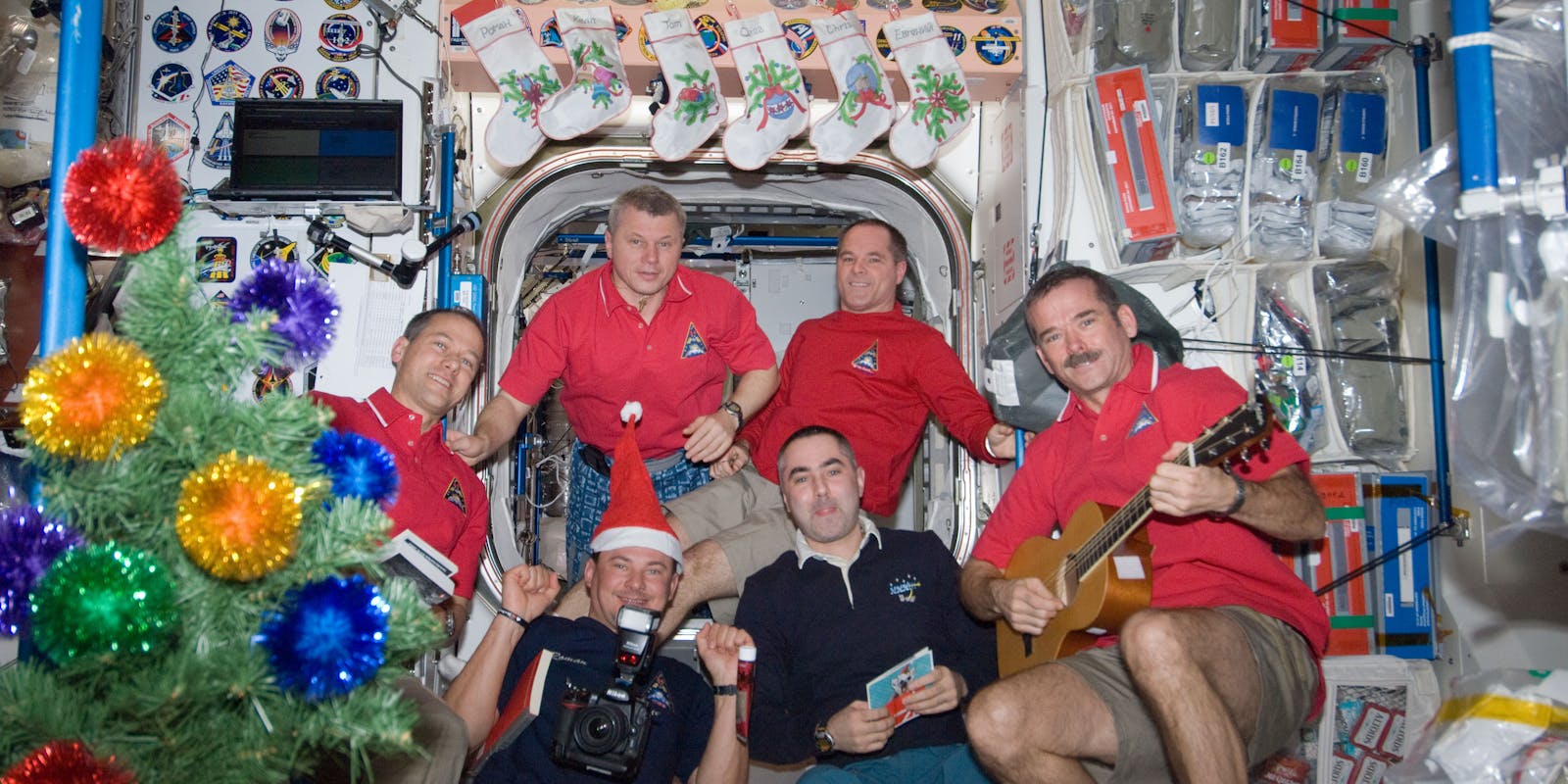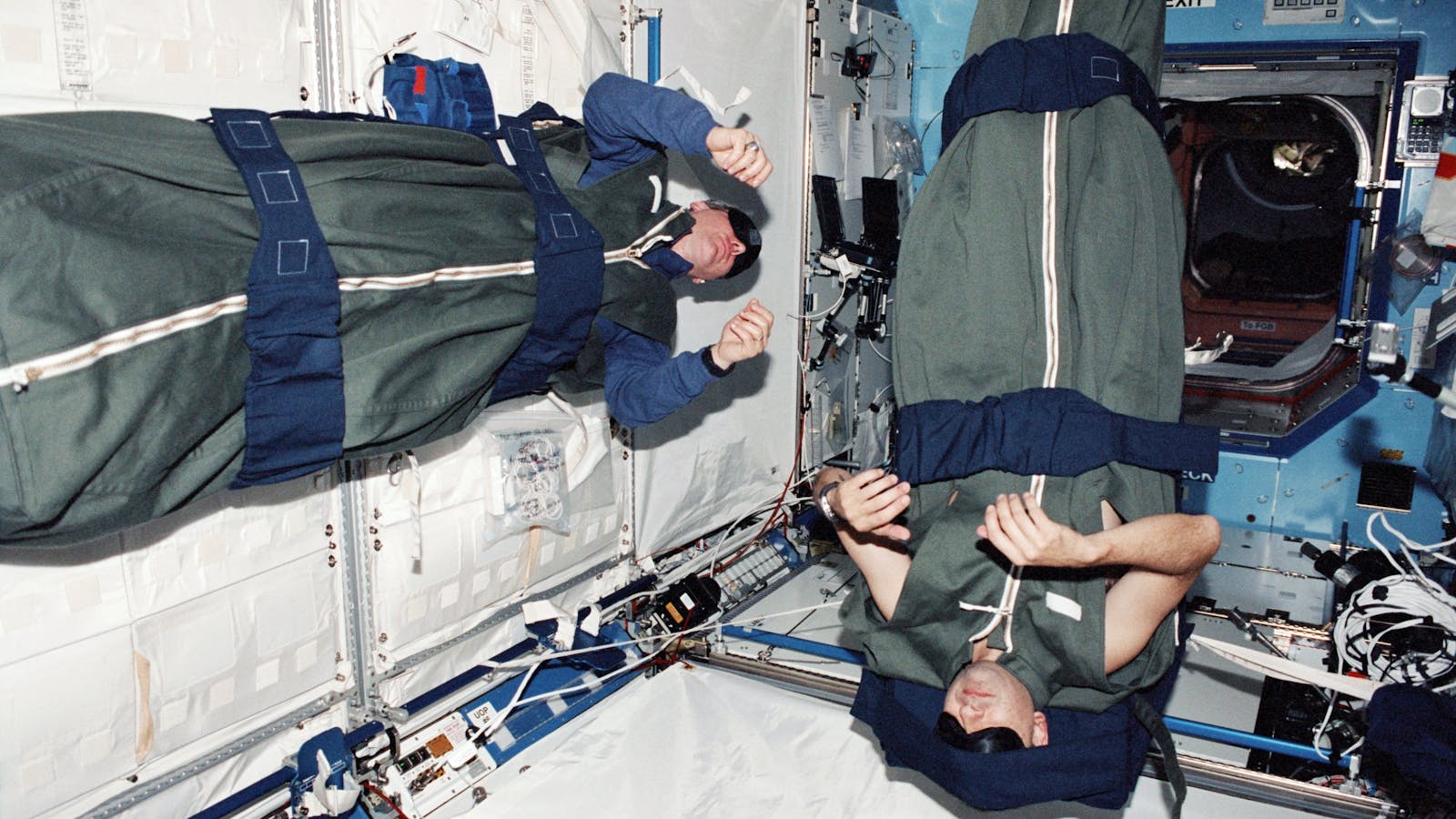The first ever commercial crew rotation mission
The Crew-1 astronauts will spend 6 months aboard the International Space Station (aka extraterrestrial serviced apartment) conducting new and exciting scientific research in areas such as botany, cancer, and technology. The mission is part of NASA's Commercial Crew Program in collaboration with SpaceX, an aerospace manufacturing enterprise founded in 2002 by Elon Musk.
Getting ready for long-stay travel in space - Years of hard work & two weeks in quarantine
Becoming an astronaut takes around 6 months of intensive standard training. On top of that the specific training for a mission could take another 2 years.
While quarantine has recently become a mainstream concept, it has always been part of the preparation before every space flight. The Crew-1 entered their quarantine period on Oct. 31, in advance of their departure on Nov. 14. This 2 week period will help ensure that the crew is healthy protecting themselves and the rest of guests already at the space station.
Packing your suitcase for a journey through space - Choose carefully!
The items that travelers carry along to space have to be selected carefully due to the severe restrictions. With a weight limit of 0.68kg., a maximum of 20 items can be carried along from Earth, provided they fit in the "PKK" bag provided by NASA (12.82cm x 20.51cm x 5.13cm).
With every new resupply cargo shuttle, guests at the ISS have the chance to receive mail from Earth. In spite of the strong restrictions, crew care packages can be delivered containing varied goodies such as photos, chocolate, reading materials and even a tree and stockings for the celebration of Christmas in space.
Even more popular are the video calls that families can arrange from their homes anytime. All these things help astronauts feel at home and to prevent feeling Earth-sick.

Aboard the most advanced spaceship ever built - Just sit and relax!
The 4 travelers will complete a 12 hour journey inside SpaceX's Crew Dragon Resilience spaceship. This modern and slick vehicle introduces numerous innovations, such as touch-screen interfaces instead of the classic mechanic switch controls. Moreover the spacecraft pilots itself almost for the entirety of the flight.
Reaching speeds of over 27,000 km/h (7,500 meters per second), the spacecraft will reach its destination 9 hours after departure: the International Space Station, orbiting around the Earth at 25,000 km/h, at a 400 kilometer distance above Earth's surface. Once the station's orbiting speed & height are matched, the ship will then be ready for the docking process, adding another 3 hours, before they can finally enter the station and get out of their spacesuits.
Long-stay travel in space - Dream or nightmare?
The crew is planned to live and work 6 months at the International Space Station. There the occupancy consists of a minimum of 3 people, which could momentarily go up to a max. of 10 whenever a new shuttle arrives. After the Crew-1 arrives the number of residents at the ISS will increase to 7 for the first time ever since its launch 20 years ago.
The living and working space in the station is larger than a six-bedroom house , consisting of 6 sleeping quarters, 2 bathrooms, a gym, and a 360-degree view window. The total pressurized volume equals to that of a Boeing 747 cabin.
Sleeping in zero-gravity is not without its issues. Guests at the ISS sleep in bags located in small cabins, each cabin being big enough for one person. They also have to attach themselves so they don't float around and accidentally bump into something while asleep.
In terms of health, long exposure to zero-gravity affects women and men differently. While mostly male suffer from vision problems, mainly female suffer from fainting issues after landing.

Recycling for survival - Today's coffee is tomorrow's coffee!
Going to the toilet in zero-gravity is challenging to say the least. Space toilets use an air-flow system that pulls away "waste" from the body into receptacles that will then be ready to be recycled. About 90% of all water-based liquids are being recycled on the station, which includes urine and sweat.
The Crew-1 is carrying a new and improved toilet to the ISS to be tested for future missions, including those to the Moon and Mars.
Follow Crew-1's journey live at NASA TV:
Saturday Nov. 14, 3:30 p.m EST. – Coverage start of the Launch of NASA's SpaceX Crew-1 Mission to the International Space Station; Launch scheduled at 7:49 p.m. EST.
Sunday Nov. 15, 4:20 a.m. EST – Docking of the Crew-1 to the International Space Station.
Sunday Nov. 15, 7 a.m. EST – Hatch Opening and Welcoming Ceremony for the Crew-1 at the International Space Station.
Credits: Photos SpaceX & NASA




